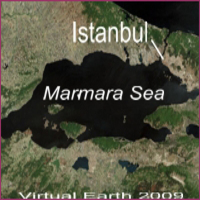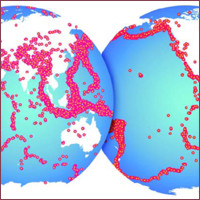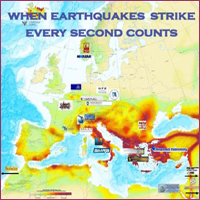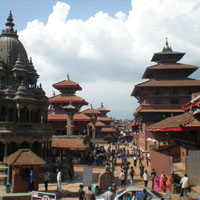Former Projects with CEDIM-Cooperation
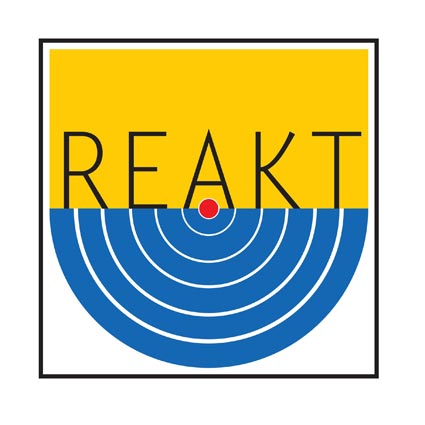 |
Earthquakes are a serious threat for many European countries, particularly those around the Mediterranean Sea. In many cities exposed to high earthquake hazard, a substantial proportion of the population still lives in buildings that do not meet modern earthquake-resistant standards. Preventive actions, such as retrofitting of structures, are essential, but they are not sufficient and cannot be applied easily on a large scale. Real-time actions focussing on decreasing the physical vulnerability and exposure of populations are a viable way to reduce earthquake risk. The primary objective of REAKT is to improve the efficiency of real-time earthquake risk mitigation methods and their capability of protecting structures, infrastructures and populations. REAKT aims to develop methodologies that will enhance the quality of information provided by earthquake forecasting, early warning and real-time vulnerability systems, as well as establishing best practices for how to use all of this information in a unified manner. In order to be used effectively, such information needs to be combined into a fully probabilistic framework, including realistic estimates of the uncertainties involved, that is suitable for decision making in real time. From CEDIM, GFZ and KIT contribute to REAKT. REAKT’s Project Coordinator is Prof. Paolo Gasparini (AMRA - Analisi e Monitoraggio del Rischio Ambientale, Italy). |
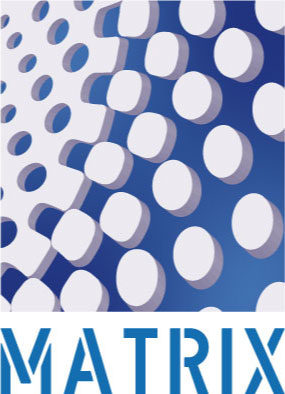 |
A variety of natural extreme events, including earthquakes, landslides, volcanic eruptions, tsunamis, river floods, winter storms, wildfires and coastal phenomena, threaten different regions of Europe. This leads to populations suffering losses not only from individual hazards, but also from multiple events that occur in combination. In both their occurrence and their consequences, different hazards are often causally related. Classes of interaction inclued triggered events, cascade effects and the rapid increase in vulnerability during successive hazards. Effective and efficient risk reduction, therefor, often needs to rest on a location-based synoptic view. Planners and policy makers, and the scientists who inform their judgements, usually treat the hazards and risk related to such events separately from each other, neglecting interdependencies between the different types of phenomena, as well as the importance of risk comparability. Resolving this deficit will improve their ability to take risk reduction measures in a cost-effective way and in doing so, strengthen societies' resilience to natural disasters. |
 |
The overall objective of SYNER-G is to increase the understanding of the vulnerability of various societal elements at risk belonging to a system (city, region, lifeline network, etc.) and establish a European reference for seismic societal and physical vulnerability. In particular, SYNER-G aims to further develop appropriate fragility relationships for the vulnerability analysis and loss estimation of all elements at risk, for buildings, building aggregates, utility networks (water, waste water, energy, gas), transportation systems (road, railways, harbors) as well as critical facilities such as hospitals. The main contribution of SYNER-G is the development of a systemic framework and methodology which accounts for intra-relations between the components of each system, and inter-relations between the systems making up the infrastructure. Within the SYNER-G project, CEDIM is leading the work package on socio-economic loss and vulnerability. |
 |
WEATHER - Weather Extremes: Assessment of Impacts on Transport Systems and Hazards for European Regions |


